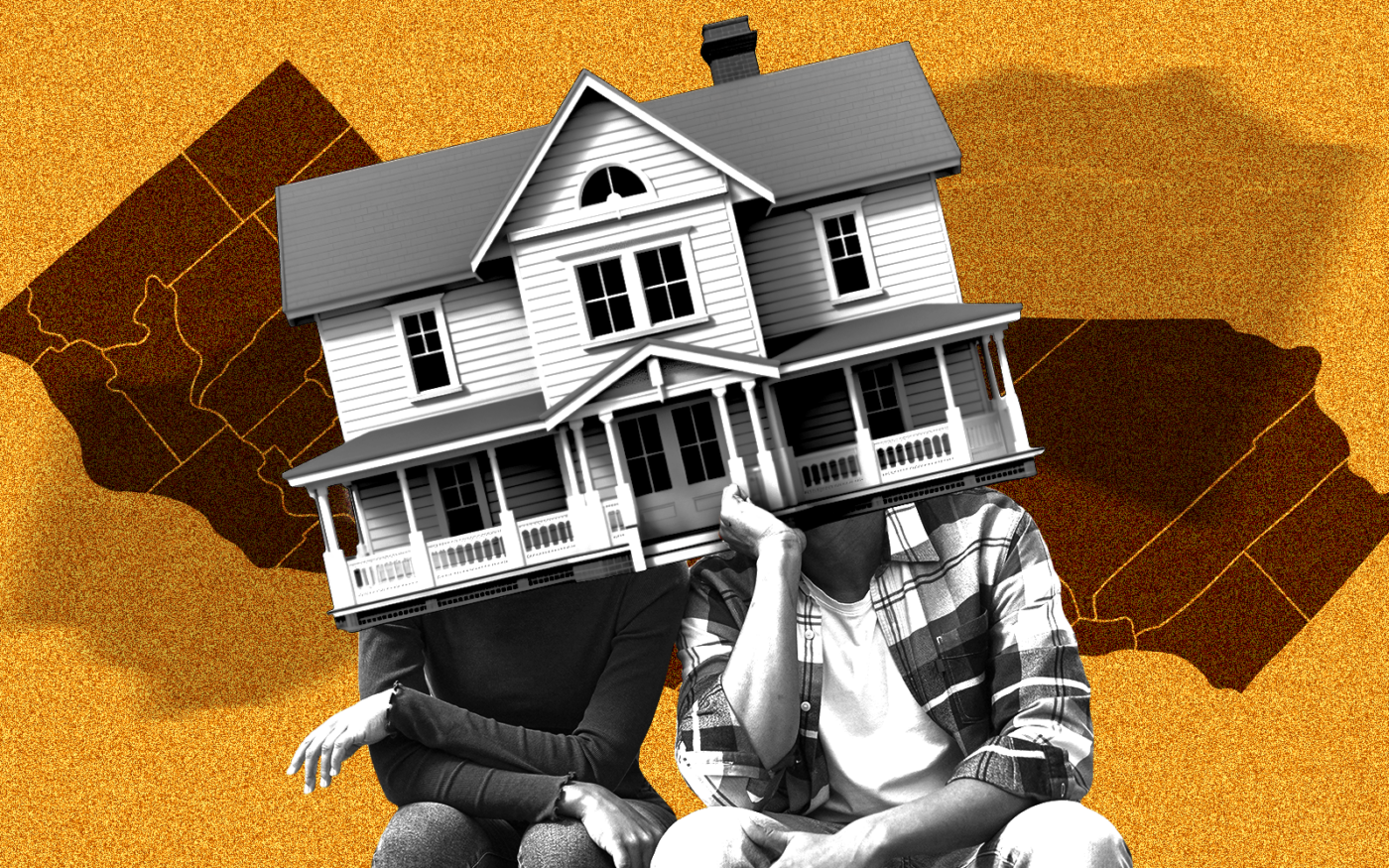More than half of California tenants strain to pay their rent, while more than a third of homeowners are burdened by housing costs.
Last year, 56 percent of statewide renters spent 30 percent or more of their income on housing, the fifth-highest share among the states, the Orange County Register reported, citing figures from the U.S. Census Bureau. At the same time, 35 percent of homeowners spent a similar proportion, the second highest in the U.S.
Across the nation, 52 percent of renters faced such budget stresses, compared to 25 percent of owners.
Anyone paying 30 percent or more of their income on housing bears a housing-cost burden, according to the Register.
When it comes to renters, Florida was the No. 1 state for burdened tenants, at 62 percent, followed by Nevada and Hawaii at 57 percent, and Louisiana at 56 percent. Texas ranked No. 12 at 53 percent.
Renters in the Thirty Percent Club fared best in North Dakota at 37 percent, South Dakota and Wyoming at 41 percent and Kansas and Nebraska at 44 percent.
California ranked No. 1 with 3.2 million renters in the 30 percent affordability bracket, making up 15 percent of the nation’s 22 million, according to the Register.
As for homeownership, only Hawaii’s 36 percent share of stressed owners topped the Golden State. Florida was No. 3 at 31 percent, followed by New York at 30 percent and New Jersey at 29 percent. Texas was No. 14 at 26 percent.
Owners overall faced the lowest financial pressure in West Virginia at 16 percent, North Dakota at 17 percent, followed by Indiana, Ohio and Iowa at 19 percent.
The rest of the nation is catching up to the Golden State’s housing-cost challenges.
Read more



In 2019, the growth of California renters spending 30 percent or more on housing grew 7 percent. California now ranks No. 35 among the states and was below the nation’s 11 percent expansion.
When it comes to high-payment homeowners, California’s grew 12 percent from 2019, compared with a 19 percent increase nationally. The largest jump in cost-challenged ownership was in Florida, up 35 percent, followed by Kansas, Texas, North Dakota, and Oklahoma at 34 percent.
— Dana Bartholomew
